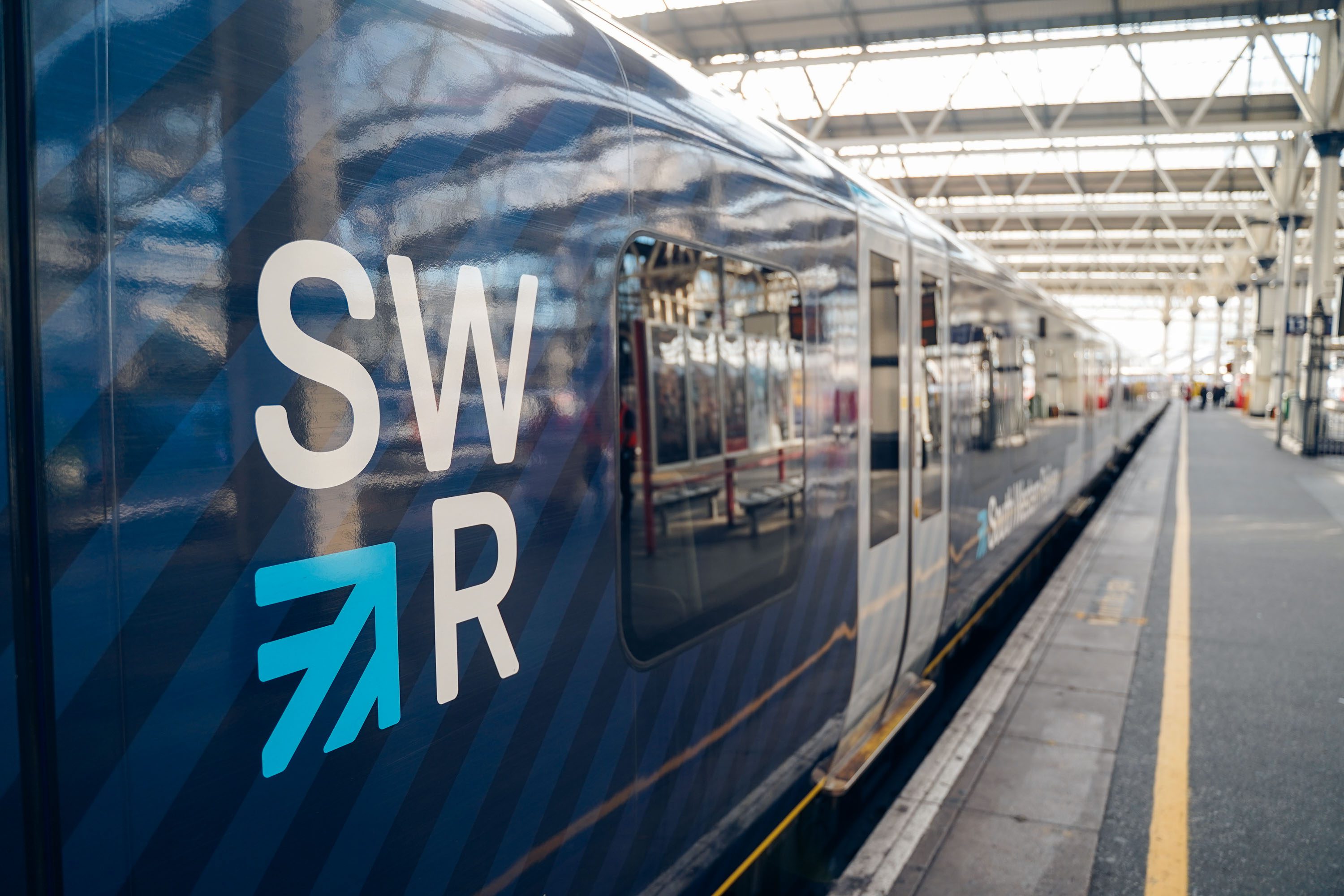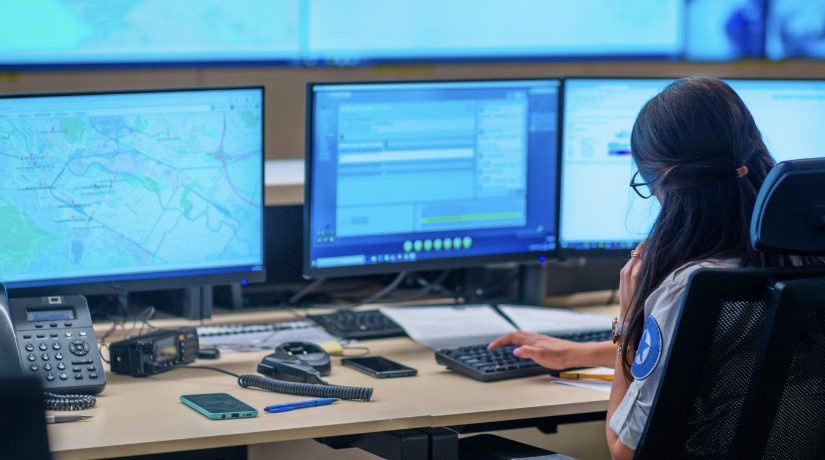Digital Video Surveillance
Utilising Icomera’s technology, operators can leverage a vehicle’s onboard Internet connectivity as a backbone for high-resolution digital video surveillance systems and video management software, providing a powerful and fully realised security solution.
Despite research demonstrating the low risk of COVID-19 transmission through the use of public transit, especially where safeguards such as the use of face masks and increased frequency of surface cleaning have been put in place[1], the perception of the safety of passenger transport is more important than ever, and the industry must work hard to restore full rider confidence as it bounces back from the pandemic. What’s more, operators are increasingly expected to do more with less, delivering additional safety-focused services with the limited budget and resources that they have available.
Thankfully, onboard security systems are becoming ever-more sophisticated, and enabling these systems to transmit images, audio and data wirelessly from the moving vehicle is helping lead to faster, more appropriate, and more proactive responses to incidents. In recent years, operators looking to remain competitive in the highly dynamic industry have embraced the switch from forensic to real-time digital video surveillance solutions, and transitioned from analogue to Internet Protocol (IP) based video sensors, to benefit from:
- Better Legal & Regulatory Compliance – As legislation continually evolves, it is no doubt beneficial for transport operators to invest in adaptive, future-proof technology which develops concurrently; delivering peace of mind that their transport systems will consistently remain compliant.
- Reduced Expenditure & Insurance Premiums – When incidents occur, the ability to access accurate, high-definition digital footage through reliable and easy-to-use video management systems allows operators to prevent and disprove fraudulent claims, avoid unnecessary claim pay-outs, and reduce their insurance premiums by having accurate and reliable evidence to hand.
- Less Service Disruption & Maintenance Downtime – By helping prevent vandalism, theft, and violence, and being able to react quickly in cases of medical emergency, operators can save money and reduce service disruption. Additionally, digital systems reduce the downtime sustained through needing to manually monitor asset health, and delayed repairs to any units which have stopped working as a result.
Technology has now also advanced to the stage where one system can often perform the functions of two or more others, and it’s worth noting how surveillance systems are increasingly being utilised in ways which go far beyond simply monitoring vehicles for threatening or dangerous passenger behaviour. For example, nowadays there is really no need to have a separate digital video surveillance and traditional sensor-based Automatic Passenger Counting (APC) system installed on vehicles; with today’s advanced analytics capabilities, surveillance systems can exceed APC systems in both function and accuracy.
Protecting Passengers While They Travel
While remaining the most efficient means of moving people across distances, the fact remains that passenger transport requires users to share confined spaces with total strangers, for predetermined lengths of time, with limited opportunities to remove themselves from uncomfortable situations. It is therefore important for transport operators to ease potential anxiety by giving passengers the peace of mind that their persons and property are fully secured as they travel.
Icomera’s digitally enhanced video surveillance solution enables transport operators to meet these demands first-hand, even as they continue to grow. Deploying digital video surveillance on vehicles serves as a proactive deterrent, a means of enacting faster, more appropriate situational responses, and an effective post-hoc investigative tool, leading to a safer, more secure journey for passengers.
Real-time Video Offload
With Icomera’s solution, high-definition footage can be streamed or retrieved remotely in real-time, no matter where a vehicle is located. In the event of an incident, live footage allows the operator to make a fast and appropriate response, and for normal service to be resumed as quickly as possible.
Passengers in danger of personal harm or theft will find little comfort in knowing that video footage is recorded for use in court, if nobody can actively intervene to prevent the risk in the first place. In cases of terrorism or violent crime, remedial actions may be considered by the public to be ‘too little, too late’, whereas the presence of preventative measures, and systems which allow operators and their security personnel to better manage emergencies in real-time, decreases the danger perceived by the public, building confidence in the transport network and its ability to protect its passengers.
Forensic Data Storage
Regardless of the advantages of real-time video offload, the collection of forensic evidence remains a vital component in any surveillance system; however, if the images retained do not meet the evidential standard required for prosecution, the solution is rendered ineffective. This is where high resolution digital footage makes all the difference, especially when combined with powerful compression technology and extensive storage capabilities.
Forensic data can be analysed to ascertain how and why exactly an incident occurred (even when that incident is still be in progress). Video analytics can be used retrospectively to identify distracted drivers and / or the passengers travelling in a vehicle, and relay that information back to an operations centre, without the need for the video stream to be monitored manually or to be streaming data constantly off the vehicle.




